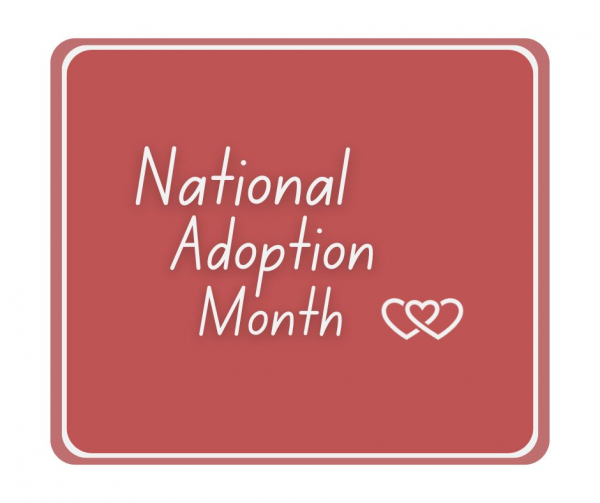Waiting Child Adoption from China
The China adoption program has been placing children with additional needs and older children with interested families for a number of years. This path to adoption from China has often been called Waiting Child adoption or Special Needs adoption. Over the last couple of years, this process has evolved significantly.
Today, families considering adopting a waiting child (a child who is older or has known medical needs) from China have multiple options when adopting a waiting child.
The more traditional path includes registering with an agency, submitting the dossier, and then being matched through the agency with a child who is waiting.
A second option is for a family to identify a child through the special focus program prior to starting the paperwork. This adds an interesting dynamic to the process and is definitely more work for the family as they search for the child who will join their family rather than having the agency do the searching for them.
Who is considered a special focus or waiting child?
Children ages 9 months (estimate) to 14 years of age are available for adoption, both male and female, with varying additional needs. Needs might be medical, physical, emotional, or developmental, or the child might be of an older age but considered otherwise healthy. However, for some reason, the Central Authority in China has determined that this child might be harder to place and therefore given them the label of special focus, allowing a family whose dossier is not already in China to be matched with the child.
How does this work?
Families who are intending to adopt from China might begin searching through waiting child lists, which are found on agency websites, advocacy groups, or websites and blogs dedicated to advocating for adoption.
When the family thinks that the child they have read about is a match for their family, the owner of the website or blog can typically direct them to where the child’s file is. Then, the family can sign up to work specifically with the agency responsible for matching the child. If the child’s file is on a shared listing of files that all agencies have access to, then the family could identify the agency that they wanted to work with and they would obtain the child’s file on the family’s behalf.





